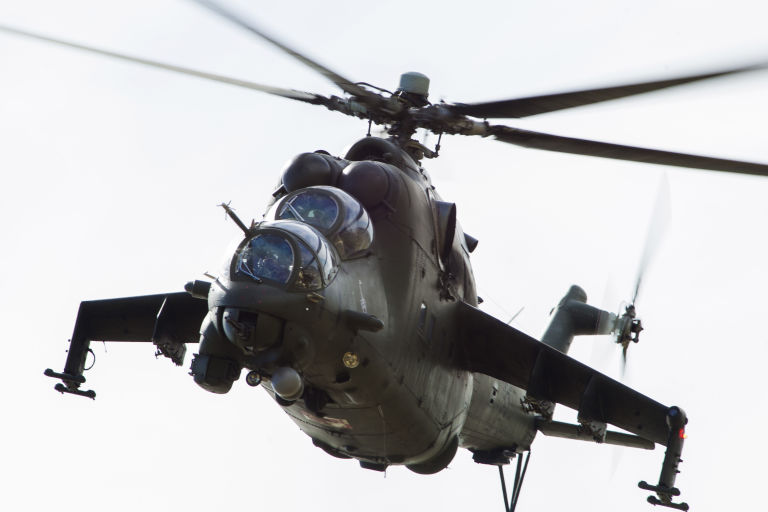What we're talking here, and pointy nose types people will be able to relate, is an energy management issue as it relates to extreme nose high in a helicopter. Since the wing never stalls and is providing a lift vector at all times, you are really talking about a shift in that vector, never really a wing element loss of lift involving critical AOA, etc.
About as dynamic as you can get in an H-60 without breaking NATOPS you can execute something akin to a wing over (rotor over). When doing this the aircraft bleeds off speed rapidly as you convert airspeed to altitude.(~35-45 nose up) What's different in a helicopter, is the ability to push the tail around with far more response than you get in something fixed wing waiting for your roll rate to do the job. Immagine an infinitely effective rudder regardless of wind over the control surface. You just push the tail through the turn. It's way tighter than what you can achieve in an airplane and the end result is the same (180 of heading change).
My point here is that if I immagined taking this maneuver past the 45 nose up limit, I'm pretty confident I could use the tail rotor to push me back around to a nose low attitude and then pull it out.
The real limit to a helicopters manueverability are its flapping and lead/lag limits, the type of head it has (underslung - old school hueys or TH-57, fully articulated - H-60, or rigid rotor head - new hueys and cobras, the redbull helicopter, or most aircraft build more recently), and the displacement of the bladeroot from the blade hub (larger rolling moment generated the further from center you go)



